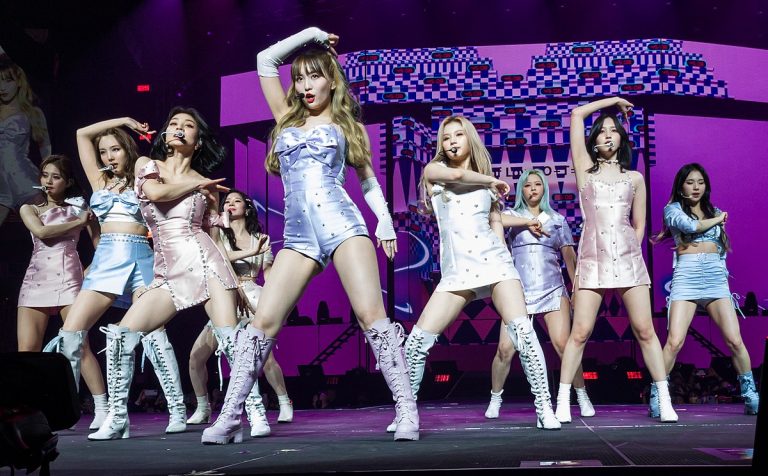Diversity Recruitment for Job Applicants
What is diversity recruiting?
Brendan McConnell, an educator on diversity recruiting, describes it as a process of hiring candidates that are free of biases based on ethnicity, gender, age, or beliefs.
In this day in age, companies choose a multitude of methods when choosing to hire candidates. However, not many companies choose to change their hiring process and include more inclusive job descriptions. The unreliable job descriptions have made acquiring a working position more difficult for job searching laborers.
The article Diversity Recruiting: Importance and 12 steps to Improvement by McConnell provides a general understanding of what diversity recruiting is, while also discussing how companies and hiring teams should approach such processes. As a result, people of unique backgrounds will allow for a wide range of ideas and will be more likely to drive tremendous innovation.
Caitlin Wehniainen is an employee of On Cue Hire, which is a company that specializes in helping organizations recruit diverse candidates. Wehniainen states, “A diverse workforce brings a variety of perspectives and ideas, which fosters creativity and innovation. It helps companies move forward at a faster pace by leveraging uniqueness of thoughts and a variety of contributions. It helps companies better understand and serve their diverse customer bases, enhances employee engagement and satisfaction, and ultimately leads to better business outcomes because a wider range of ideas are brought to meetings and conversations. It also fosters a sense of culture within the company where everyone feels valued and respected.”
Wehniainen emphasizes the importance of creating unbiased job descriptions including neutral language. She mentions a few ways of evaluating resumes without bias, such as removing personal names and other identifying information. In addition, she stresses the importance of looking for a candidate’s qualifications and skills and not their characteristics. If there are questionnaires during the hiring process, it is really important to use the same set of questions for all candidates. This allows a fair chance to all those applying.
Aline Holzwarth, a contributor to the article How to Actually Hire for Diversity brings very important topics to the process of job hiring. She highlights that even though many of us are morally good people, we naturally tend to be biased. This is also known as the “bias blind spot.” Drawing attention to the inclusivity of all kinds of candidates will promote a more diverse workforce.
A diverse set of people reviewing the screening and interview process, will ensure that the resumes are being viewed equally to all job applicants.
Holzwarth brings attention to outlining the responsibilities and skills of the position, without mentioning anything that would draw applicants away from applying. Neutral language is key to promoting a position. This means not being biased about any part of the hiring process. If there is not neutral language, it creates favoritism and bias over applicants. Coded language, or language that turns possible applicants away because of favoritism, may eliminate applicant diversity. For example, when referring to job descriptions it is important not to show bias over gender, equality, sex and economic status. It is important to be fair to each applicant during the process of job hiring.
Referring to previous context about neutral language, this allows for a diverse group to apply, so that certain groups do not feel unfavored over another. It allows for all groups to apply, which brings inclusivity, and attraction to a diverse range of candidates.
Examples of “should use” language:
- Avoiding adjectives and phrases that could turn applicants away (being fully capable, being able to succeed with high difficulty)
- Using words like “all” “everyone is accepted,” and “open to all types of work ethics, ages, genders, and races”
Examples of biased and “coded” language:
- Describing job positions as fast paced and high stress but could be taken the wrong way if the applicants don’t know what they are getting into
- Using language referring to recent college graduates with high energy takes bias over older applicants
- Using words like “see, hear and stand,” could sound and be unintentionally for abled individuals only
Daffen Perez, a prior intern at Balance Now wrote the article Why Age Diversity is Important in the Workforce. He implements a graph that showcases how diverse ages can bring forward different ideas to the table. Older generational customs along with newer generational perspectives can help an organization improve itself. Did you know that unbiased recruiting processes are used by only 6% of employers?




